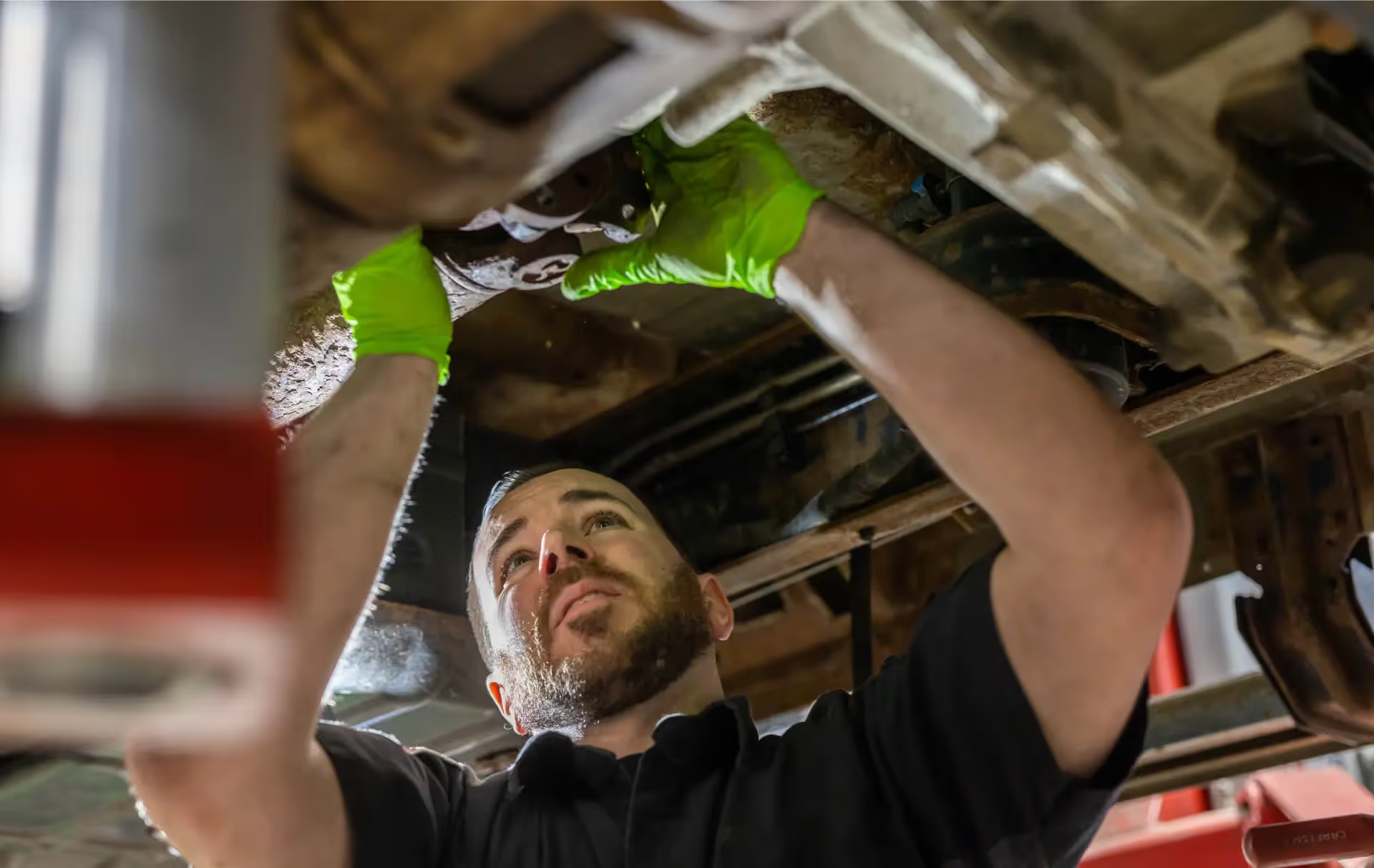What Happens During a DOT Inspection? (And How to Prepare)
DOT inspections ensure truck safety and compliance. Staying organized, maintaining your vehicle, and following regulations help you avoid violations and downtime.

The Department of Transportation (DOT) inspection is a crucial process for commercial truck drivers and fleet operators. It guarantees that your heavy-duty vehicles meet safety and operational standards, reducing the risk of accidents and mechanical failures. Being prepared for a DOT inspection can save you from costly fines and downtime and even having your CDL revoked.
Well, we’ve spoken to our team at TCB to get the inside scoop on what happens during a DOT inspection and how you can prepare to pass your next one.
Types of DOT Inspections
There are six levels of DOT inspections, each focusing on different aspects of vehicle safety and driver compliance.
Level I: North American Standard Inspection
1. This is the most thorough inspection. It covers both driver credentials and the vehicle itself.
2. Inspectors check driver documents, including CDL, medical card, logs, and alcohol/drug use records.
3. They also examine brakes, tires, lights, suspension, exhaust systems, steering, and cargo securement.
Level II: Walk-Around Driver/Vehicle Inspection
1. Similar to Level I but without physically inspecting the vehicle.
2. The focus remains on driver documents and visible mechanical issues.
Level III: Driver-Only Inspection
1. The inspector only reviews the driver’s credentials, hours of service, seatbelt use, and any signs of impairment.
Level IV: Special Inspection
1. A one-time examination of a specific part or system, typically to investigate a defect trend.
Level V: Vehicle-Only Inspection
1. A full mechanical inspection without the driver present. This often happens at fleet maintenance facilities.
Level VI: Enhanced NAS Inspection (Radioactive Materials)
1. Required for vehicles transporting radioactive or hazardous materials, with stricter standards.
What DOT Inspectors Look For
DOT inspectors have a checklist that includes:
Brakes: Checking for air leaks, worn pads, or malfunctioning components.
Tires and Wheels: Ensuring proper inflation, tread depth, and no visible damage.
Lights and Reflectors: Headlights, brake lights, turn signals, and reflective markings must be functional.
Steering and Suspension: Inspecting for loose or damaged components.
Exhaust System: Looking for leaks or excessive emissions.
Cargo Securement: Verifying that loads are properly strapped down and within legal weight limits.
Hoses and Belts: Ensuring there are no cracks or leaks.
For drivers, inspectors will review:
- Commercial Driver’s License (CDL) and Medical Card
- Hours of Service (HOS) Logs and ELD Records
- Alcohol and Drug Testing Records
- Vehicle Registration and Insurance
How to Prepare for a DOT Inspection
Being prepared can help you avoid violations and costly penalties. Follow these steps to ensure a smooth inspection process.
1. Keep Your Paperwork in Order
Make sure you have all required documentation in your truck, including:
- CDL and medical card
- Up-to-date logbook or ELD records
- Proof of insurance and registration
- Pre-trip and post-trip inspection reports
- Any permits required for oversized or hazardous loads
2. Perform a Thorough Pre-Trip Inspection
A daily pre-trip inspection helps catch small issues before they become violations. Before hitting the road, check:
- Brakes, tires, and wheels
- Lights and turn signals
- Windshield wipers and mirrors
- Fluid levels (oil, coolant, washer fluid)
- Emergency equipment (fire extinguisher, warning triangles)
3. Keep Your Truck Clean and Organized
A well-maintained and clean truck gives a good first impression. Inspectors are less likely to dig deeper if your vehicle looks well cared for.
4. Follow Hours of Service (HOS) Regulations
Ensure your electronic logging device (ELD) is updated and accurately records your driving hours. Common violations include exceeding daily limits and failing to update logs.
5. Be Courteous and Professional
Attitude matters during an inspection. Remain polite, cooperative, and professional. Arguing with an inspector can make things worse and lead to a more detailed inspection.
What Happens if You Fail a DOT Inspection?
Failing an inspection can lead to:
Fines and penalties for safety violations
Out-of-Service (OOS) orders preventing you from driving until repairs are made
CSA score deductions, which can affect your company’s reputation and insurance rates
If you fail, fix the issues immediately and get a re-inspection before getting back on the road.
Final Thoughts
DOT inspections are a fact of life in the trucking industry, but with proper preparation, they don’t have to be stressful. By staying on top of vehicle maintenance, driver documentation, and safety regulations, you can pass your inspection with flying colors and keep your truck rolling.
More Articles
.webp)
What to Look For in Professional Heavy-Duty Preventive Maintenance

How Preventive Maintenance Saves You Money

What Maintenance Does Your Fleet Need This Winter?
Contact Us
Get in touch with TCB Truck Service today to schedule service in-shop in Memphis, Tennessee, or via mobile service within 150 miles, including service to northern Mississippi & eastern Arkansas.
We're open Monday through Friday, from 7:00am to 4:00pm.

